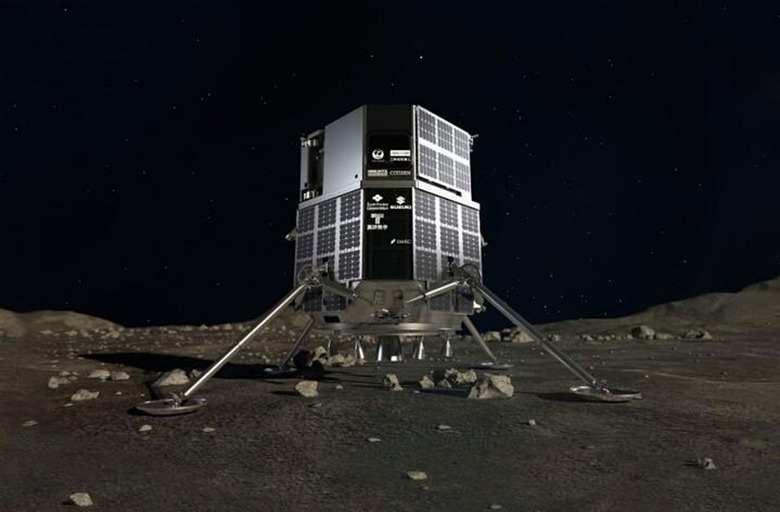JAXA offers details on transformable lunar robot and lunar lander
The Japan Aerospace Exploration Agency (JAXA) is offering details on some of the technology it plans to use on future lunar missions. The agency plans to obtain data from the surface of the moon by using a transformable lunar robot. Data collected by the robot will aid the space agency in the design for the crewed pressurized rover.
The transformable lunar robot is being jointly developed by JAXA, TOMY Company Ltd., Sony Group Corporation, and Doshisha University. The robot will be transported to the lunar surface by a Japanese company called ispace. In 2019, a conceptual study for the crewed pressurized rover began. The study determined that data acquisition on the moon's surface was needed for detailed research of autonomous driving technology and cruising technology utilized by the crewed pressurized rover.
To gather that data, JAXA and its partner organizations devised a transformable robot transported to the lunar surface by the ispace lunar lander that will launch in 2022. As the robot travels across the moon's surface, images of the behavior of the regolith and the lunar surface will be taken by a camera on the lunar lander and sent to mission control via the lunar lander.
Data acquired will be used to evaluate the localization algorithm and the impact of the regolith on the driving performance of the crewed pressurized rover. The transformable lunar robot is ultra-compact and ultra-lightweight. It can transverse a harsh lunar environment using the miniaturization technologies developed by TOMY Company and Doshisha University.

Control technologies for the transformable robot were developed by Sony, with tech for handling the space environment developed by JAXA. The robot will transform into a running form after arriving at the landing site, allowing it to be smaller in volume for transportation to the moon.
